Importance of Instrument Sterilization
Dentistry is a health care profession that strives to provide a safe and comfortable environment for its patients in the Naperville area. As a result, the American Dental Association (ADA) and Centers for Disease Control (CDC) have instituted protocols to prevent cross-infection among dental patients. Each time dental instruments are used on a patient, they must be thoroughly cleaned and sterilized.
To begin, let’s familiarize you with some terminology associated with cross-infection control at our dental practice in Naperville:
- Cleaning. Cleaning dental instruments with water and soap are essential before sterilization or disinfection. Cleaning dental instruments involve removing bacteria or debris and preparing the instruments for sterilization or disinfection.
- Disinfecting. Disinfection removes microbes on instruments using liquid disinfectants. Bacterial spores, however, are not removed in this manner.
- Sterilization. When done correctly, sterilization kills all bacteria on the surface of dental instruments, including bacterial spores.
Controlling Cross-Contamination
The CDC categorizes dental instruments into three categories based on their potential for transmitting bacteria to patients and dental care providers:
- Critical Instruments. Any instrument that penetrates soft tissues or bone or enters the bloodstream is considered critical, including forceps and scalpels. Sterilization of these instruments by heat, dry or chemical processes is mandatory after each use.
- Semi-critical Instruments. These instruments do not penetrate oral tissues. Nevertheless, they come in contact with the mucous membrane of the mouth or non-intact skin. Among semi-critical instruments are dental mirrors, amalgam condensers, and impression trays. CDC guidelines recommend sterilizing instruments after every use. As an alternative, an EPA-registered high-level disinfectant can be used.
- Non-critical Instruments. Only intact skin and mucous membranes are in contact with these instruments, which include X-ray heads and pulse oximeters. There is a low risk of cross-infection with these instruments. Our dental team can use a low-level or intermediate disinfectant to clean them.
Sterilization of Tools and Instruments at the Dentist’s Office
A dental autoclave is a machine that sterilizes tools by using high pressure and temperatures. It’s used to sterilize mouth mirrors, forceps, and dental scalers.
For sterility reasons, some equipment is single use only. Surgical masks, gloves, cotton rolls, syringe needles, and other items that are specific to one patient are considered disposable. All the instruments used to remove saliva have replaceable tips that are discarded after each patient, including suction devices, air syringes, and water syringes.
How Is The Rest Of The Dental Office Sanitized?
The most commonly touched areas of our office are regularly disinfected with hospital-grade solutions. Commonly touched areas include doorknobs, light switches, faucets, countertops, and waiting room chairs.
Many items inside our dental office are covered with plastic, such as the overhead light and the dental chair. After every patient leaves the exam room, all plastic covers are replaced and disinfected.
Our dentist and their team always do their utmost to ensure the cleanliness of your dental office. In today’s world, it is more important than ever for our dentist to protect themselves, their teams, and their patients. These routine procedures at Wheatland Dental allow you to visit with peace of mind, knowing you are in safe hands. Schedule an appointment today with our dental team in Naperville.

